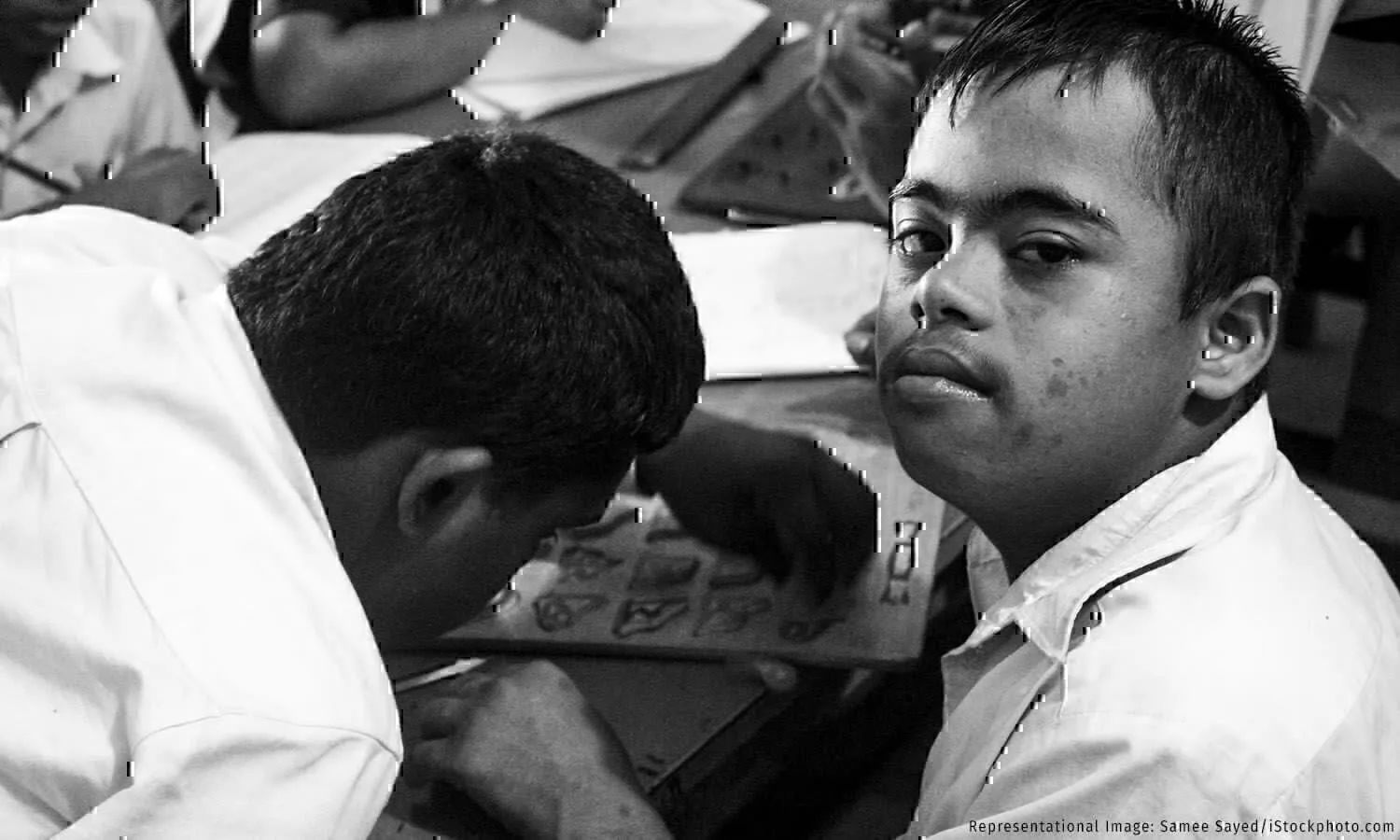Have you ever wondered if a child who cannot speak, hear, or learn like others? Do they receive the same love, rights and opportunities that other children do? With this thought, the Yogi government has launched a heartfelt campaign across Uttar Pradesh for Children With Special Needs (CWSN).
Led by the Basic Education Department, the initiative includes the distribution of over 15.9 lakh posters highlighting their rights and societal support, along with teacher training, parental engagement, and community outreach.
Since the campaign’s launch, posters have been displayed across all 75 districts at primary and upper primary schools, panchayat buildings, CHCs/PHCs, child development centres, and ASHA centres.
Poster distribution in 1,32,716 government and aided schools
Posters are being distributed across 1,32,716 government and aided schools. Each school has received one set containing six posters, each conveying positive messages promoting inclusive education and sensitivity towards disability.
Posters based on six key themes
-
Facilities provided for inclusive education of children with disabilities
-
Ensuring equal participation and empathy in classrooms for children with disabilities
-
Educate every child with disability, extend your support
-
Home-based education for children with severe and multiple disabilities
-
Open the doors of education – the role of gram panchayats in developing inclusive schools
-
Understanding safe and unsafe touch
-
From sensitivity to strength

